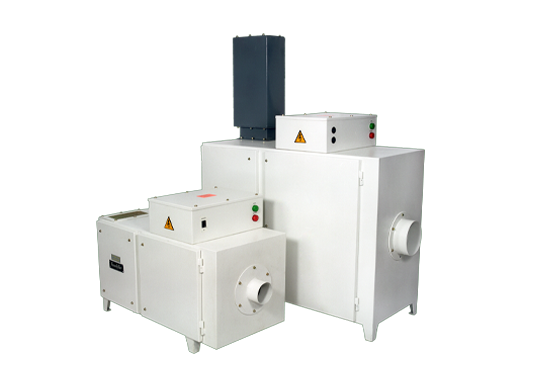Maintaining a healthy work environment is of utmost importance for the well-being and productivity of employees. In industries where hazardous fumes are generated, such as manufacturing, welding, or chemical production, fume extractors become essential. Fume extractors are specialized devices designed to remove harmful airborne contaminants, ensuring the air quality remains safe and conducive to a healthy workplace. In this article, we will explore the significant role of fume extractors in creating a healthy work environment and the benefits they provide to employees and businesses.
How Fume Extractors Work
Fume extractors employ filtration and ventilation techniques to capture and eliminate hazardous air fumes effectively. Understanding their functioning is crucial to comprehend their role in maintaining a healthy work environment.
Capture and Containment:
The first step in the fume extraction process is capturing and containing fumes at the source. Fume extractors are equipped with hoods, ducts, or arms strategically positioned near fume-generating activities. These capture devices draw in the contaminated air, preventing the fumes from spreading throughout the workspace.
Filtration:
Once captured, the fumes pass through a series of filters within the fume extractor. These filters are designed to remove or neutralize harmful particles, gases, and odors in the fumes. The specific type of filters used may vary depending on the nature of the contaminants, ensuring efficient removal and purification of the air.
Key Benefits of Fume Extractors
Implementing fume extractors in the workplace offers several key benefits that contribute to a healthier and safer environment for employees. Let’s explore some of these benefits:
1. Protection against Health Hazards:
Fume extractors play a vital role in safeguarding workers’ health by preventing them from inhaling harmful fumes and contaminants. Prolonged exposure to hazardous fumes can lead to respiratory problems, eye irritation, skin conditions, and long-term health issues. By effectively removing these fumes, fume extractors help reduce the risk of occupational illnesses and improve overall well-being.
2. Compliance with Safety Regulations:
Many industries are subject to strict safety regulations and standards concerning air quality and employee health. By implementing fume extractors, businesses can ensure compliance with these regulations. Proper ventilation and fume extraction not only protect employees’ health but also prevent potential legal and financial liabilities associated with non-compliance.
3. Enhanced Productivity:
A healthy work environment is directly linked to increased productivity and employee satisfaction. Fume extractors create a clean and fresh atmosphere by removing pollutants, odors, and discomfort caused by fumes. Improved air quality leads to fewer fatigue, headaches, and respiratory issues, allowing employees to focus on their tasks with greater concentration and efficiency.
4. Prevention of Cross-Contamination:
Certain industries require handling multiple substances or processes that generate different types of fumes. Fume extractors with customizable filtration systems can effectively capture and separate various contaminants, preventing cross-contamination and ensuring a safe working environment for employees.
Conclusion:
Fume extractors play a vital role in creating a healthy work environment by capturing and eliminating hazardous fumes and airborne contaminants. By implementing fume extractors, businesses can protect the health and well-being of their employees, ensure compliance with safety regulations, enhance productivity, and prevent cross-contamination. Investing in high-quality fume extractors, such as those offered by Powertech Pollution Controls, is a proactive step towards creating a safer and more productive workplace. Prioritizing employee health and air quality through fume extractors contributes to a positive work environment and overall success.
Visit us: https://www.powertechindia.com

